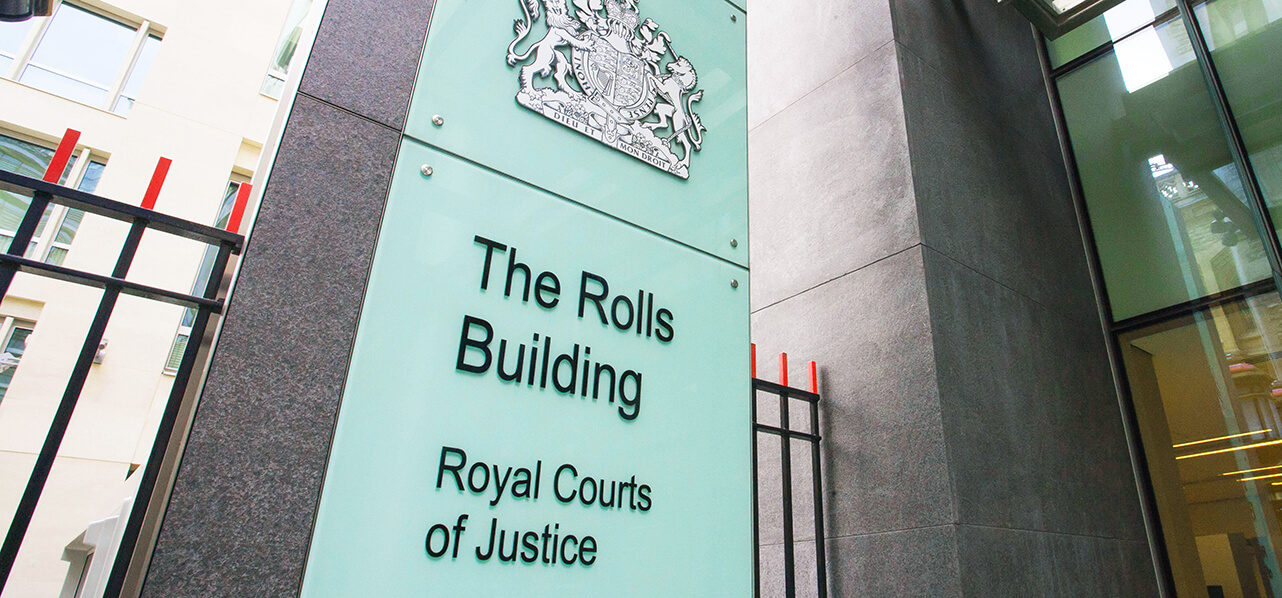Partner London
"The TCC's judgement has again highlighted how the courts are willing to adopt a flexible approach to time bars in combustible cladding cases."
The Facts
Martlet Homes Limited (“Martlet”) owns five high rise towers in Hampshire. In 2005, Mulalley & Company Limited (“Mulalley”) entered into a design and build contract to refurbish the towers. The works included the design and installation of external cladding using combustible expanded polystyrene (“EPS”) insulation boards. The contract was signed as a deed and so a 12-year limitation period applied. The works were certified practically complete in sections between 2006 and 2008.
Days before the limitation period was due to expire on two of the five towers, by which time claims for one of the blocks were already statute barred, Martlet issued court proceedings against Mulalley for negligence and breach of contract. By the time the Particulars of Claim were served, the limitation period had expired on all the towers, meaning no fresh action could be brought in respect of them.
Martlet’s Particulars of Claim alleged Mulalley had breached the design and build contract through defects in the towers’ fire barriers, inadequate fixing of the insulation boards and inadequate repair of the underlying substrate. Martlet claimed damages for the cost of remedial works and fire patrols.
In its Defence, Mulalley denied the alleged breaches. It also argued that no loss had been caused because Martlet, as building owner, was required to replace the cladding in any event.
Martlet contended in its Reply that the EPS cladding installed by Mulalley did not comply with the Building Regulations. It said that even if Mulalley’s arguments on causation were correct, Martlet was still entitled to recover damages for Mulalley’s breach.
Mulalley applied to strike out the EPS claim in the Reply on the grounds that it raised a new claim, contending that such cause of action could not be advanced in a Reply and that the claim was time barred. In response, Martlet sought to amend its Particulars of Claim to plead its EPS case.
The Judgment
In response to the strike out application, the TCC confirmed that claims must be pleaded in the Particulars of Claim rather than in the Reply. That was clear from the Civil Procedure Rules, by the fact that replying to a defence was optional and that no party could serve a statement of case after a reply without the court’s permission.
"Although the TCC struck out that part of the Reply where Martlet pleaded that using combustible EPS insulation boards was a contractual design fault, it gave permission for Martlet to advance those claims by an amended Particulars of Claim."
Although the TCC struck out that part of the Reply where Martlet pleaded that using combustible EPS insulation boards was a contractual design fault, it gave permission for Martlet to advance those claims by an amended Particulars of Claim. In granting permission to amend, the TCC said it did not matter whether the limitation period had expired because the new claim arose out of the same facts already in issue. Following Hyde v Nygate,² the TCC said it was necessary to ask four questions to determine whether a statement of case could be amended after a limitation period had expired:
- Is it reasonably arguable that the amendments are outside the applicable limitation period?
- Do the proposed amendments seek to add or substitute a new cause of action?
- Does the new cause of action arise out of the same or substantially the same facts as are already in issue in the existing claim?
- If the answer is yes to all three questions, should the court exercise its discretion to allow the amendment?
Mulalley argued that allowing the Particulars of Claim to be amended would cause it prejudice in having to investigate new issues and obtain different factual and expert witnesses. The TCC rejected that argument and said that the real prejudice was the potential loss of a limitation defence. As the same facts were going to be litigated in any event, Martlet’s amendments were allowed.
Comment
This is the latest in a series of recent cases, that included RG Securities (No. 2) and Maskell³, where the courts have taken a more liberal approach to time bars in combustible cladding cases. The TCC was not persuaded that Mulalley might suffer prejudice by investigating issues about the use of combustible cladding 13 to 16 years after the events or that Mulalley might struggle to pass on liability due to limitation issues. Rather, the TCC adopted a broad view in assessing whether a new cause of action arose from the same facts in the existing pleadings. Although Mulalley succeeded in having Martlett’s EPS claim struck out of the Reply, that proved a hollow victory because Mulalley was allowed to bring its EPS claim by amended Particulars of Claim.
"The conclusions from the ongoing Grenfell Tower inquiry may well assist in apportioning responsibility for combustible cladding for the civil litigation which will inevitably follow the inquiry’s findings."
There are sound policy reasons for the more liberal approach being adopted by the courts for time bars in combustible cladding claims. If a building’s owner is unable to recover the costs of replacing unsafe cladding from those responsible for its installation, there is an increased risk that remedial work costs will be passed to residents. In this scenario, the increased service charge costs would fall on those without the financial ability to pay. Other residents might be left with no alternative but to sell their homes due to family breakdown, old age or infirmity.
In addition, as a result of the ongoing Grenfell Tower public inquiry, we are only starting to fully understand the facts around the ongoing combustible cladding scandal. The conclusions from the inquiry may well assist in apportioning responsibility for combustible cladding for the civil litigation which will inevitably follow the inquiry’s findings. Given the timescales involved, there is a real risk that by the time the facts become clear, many claims may well be time barred. Should that occur, this could only add to a sense of injustice if those who might otherwise be culpable are found not to be held accountable. This latest judgment confirms the recent trend that while justice could be delayed, it may still be forthcoming.
Barry Hembling (bhembling@wfw.com) and Hazel Boland-Shanahan (HBoland-Shanahan@wfw.com) of Watson Farley & Williams LLP are instructed on a number of combustible cladding related matters.
[1] [2021] EWHC 296 (TCC).
[2] [2019] EWHC 1516 (Ch).
[3] [2020] EWHC 1646 (TCC).




